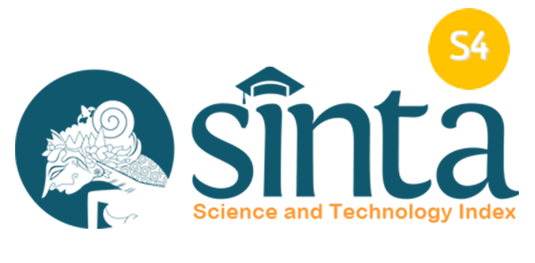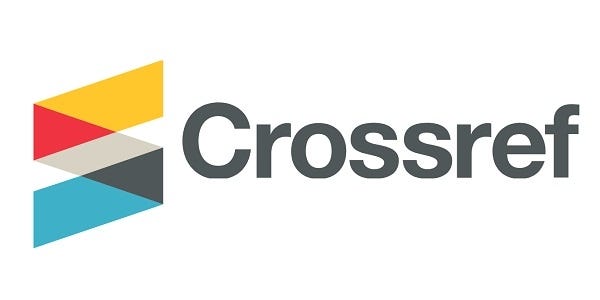Identification of Affixation in Selulung Dialect
DOI:
https://doi.org/10.36663/tatefl.v3i1.264Keywords:
Affixation, Dialect, SelulungAbstract
This research aimed at investigating the’ affixation used in Selulung Dialect. The current study was qualitative study and employing Interactive Model Analysis proposed by Miles & Huberman (1994) as the model of data analysis. Through the researcher itself as the main instrument and supported by interview guide, note taking, observation list, word sheet, and recorder, the data were collected. By involving three informants, the data revealed 130 words with affixation and three kinds of affixation process. Those are Prefix {N-}, {a-}, {ma-}, {pa-}, {ka-}, Suffix {-a}, {-e}, {-in}, {-ang}, {-an}, {-ne}, {-ane}, Combination of Affix (Confix) {N-in}, {N-ang}, {ma-an}, and {ma-ang}. The most frequent affix used by the villagers in Selulung is prefix {N-} with 38 words (29.23%) and it has four allomorphs, namely |n-|, |m-|, |ng-|, |ny-|.
Downloads
Downloads
Published
How to Cite
Issue
Section
License
Copyright (c) 2022 I Putu Anom Karsanata

This work is licensed under a Creative Commons Attribution 4.0 International License.
License Terms
- Attribution — You must give appropriate credit, provide a link to the license, and indicate if changes were made. You may do so in any reasonable manner, but not in a way that suggests the licensor endorses you or your use.
- ShareAlike — If you remix, transform, or build upon the material, you must distribute your contributions under the same license as the original.
- No additional restrictions — You may not apply legal terms or technological measures that legally restrict others from doing anything the license permits.

















